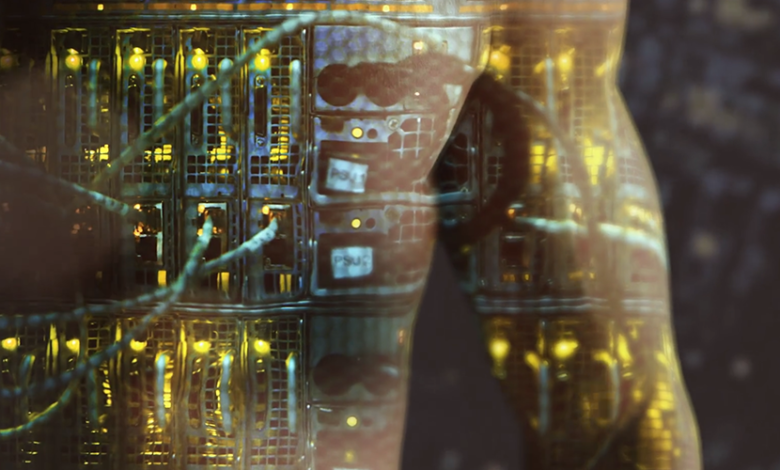Data Science & Artificial Intelligence: Unlocking new science insights

We are determined to advance our fundamental understanding of diseases such as cancer, respiratory disease and heart, kidney and metabolic diseases. Because by learning what causes or drives disease, we hope to find new ways to treat, prevent or even cure them.
Using graphs to turn knowledge into insights
Knowledge graphs are networks of contextualised scientific data facts and the relationship between them. Our knowledge graphs integrate genomic, disease, drug, clinical and safety information, helping to overcome confirmation bias and to turn data into insights. Machine learning and AI applications such as graph neural networks can then mine this data to uncover previously unknown patterns and make novel target predictions. In 2021, we selected the first two AI-generated drug targets into our portfolio, from our collaboration with BenevolentAI. We share parts of our internal knowledge graph work on GitHub.
Unlocking secrets in our genes and beyond
Our Centre for Genomics Research is working towards the analysis of up to two million genomes by 2026. We use best-practice cloud environments to process and apply advanced data and AI tools to interpret the vast genomics data faster and more robustly than previously possible.
Beyond the genome lie the dynamic realms of the transcriptome, proteome and metabolome – largely untapped repositories of rich information that if connected could tell us more about what is driving disease. Multi-omics is the integration of these datasets which, with the help of machine learning and AI, can help us predict what a drug molecule does in a cell with far greater certainty.



